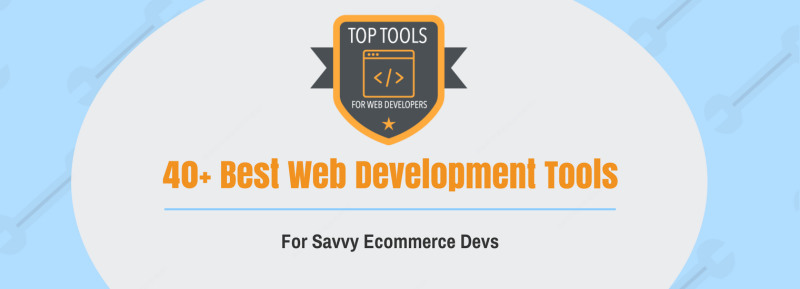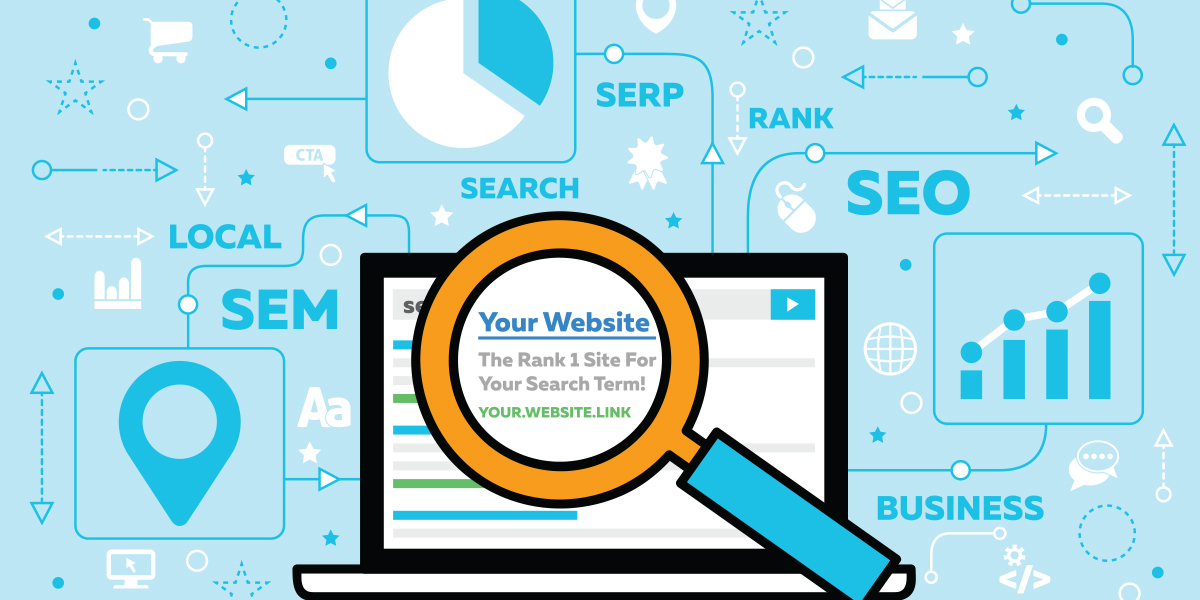How do you get started in SEO? These are the most effective ways to increase traffic by 2022.
1. Utilize keywords that are relevant to your topic to create content
SEO tools like Ahrefs, Surfer SEO and Semrush can help you pinpoint your most important keywords when you are developing your content SEO strategy. Keyword planning tools can assist you in aligning your content to what searchers are looking for. Each piece of content you write should be a match for search intent as closely possible.
It is recommended to make suggestions regardless of what tool you use.
Keywords that are the primary. These keywords that are high-level should be used as the main topic.
Secondary keywords. They should be included in as many articles as you can and also on pillar pages.
Supporting language. You can include keywords from lower levels throughout your text.
When you conduct your research, if you find important secondary keywords that are attracting sufficient search engine traffic Consider if you could justification the creation of articles and other content for them by themselves. Linking articles from a larger subject to an article on a subtopic and vice versa can show Google that you are knowledgeable about the keyword/subject. This improves your chance of getting your content ranked. When you try to fit everything into one piece of content it is possible to over-package that text with awkward, keyword-heavy text that can seem unnatural to your viewers (and Google). Long-tail keywords offer many possibilities. These low-volume phrases often have higher transaction-focused search intentions, which makes them great for content that draws in potential customers down the funnel. Check out how to increase website seo for more.

2. Use strong titles and headings. Although the terms are often interchangeable, titles and headings are distinct and are incorporated into distinct sections of the code on your web page. The title appears within the element in every HTML document you create, and the is used as a container for each web page's metadata (data on data). It includes data such as the name of the webpage, the language used and scripts to the analytics tool. The title is situated between the title and description. Google as well as other search engines can utilize tags to inform them of what a the page's content is at its highest level. The page will also appear on search engine results. It's important to have well-constructed titles.
Include the keyword that you want to rank for.
People should click the links and read the information.
SEO best practices are based on quality titles. Google will alter any web pages that get indexes and are well-ranked in search engines' search results with those that get clicked. Headings are the code that generates what your users get to see. The on-page title of your HTML document will be wrapped in the
tag, and your subheadings inserted between
Additional subheadings are wrapped in tags that vary from to.
Since search engines are looking for the single-stop-shop for information, they love to rank websites with high-quality content. If Google ranks your website it does so with confidence that "this is the website that will answer your query." Check out how to optimize seo for Ecommerce store for more.

3. Write strong meta descriptions The meta description tag is the block of text that appears following the title of the content on the search results pages (SERPS). The meta description of your page, just like page titles, can be found in the The HTML code for each page. Like the header text, you must to think about the things you're looking for in a user. What type of description will make you click the link for more details? Google often changes meta descriptions. After studying user intent and displaying the content they try to convey the content in a way that users will find it useful. Sometimes they take the text taken from the meta description, and alter it in a way that they believe is more effective. Meta descriptions don't have any effect on the algorithm for ranking search engines. However, it will affect your site's Click-Through Rate from the search results. Make your meta description attractive, even if Google modifies it. It's worthwhile to test and find the information you're looking for. You can look up how to optimize seo for Ecommerce store for more.

4. Optimize page speed The The HTML section loaded first of any page. This means that the code within this section must be as concise as possible. Since this area of a website is not accessible to other stakeholders, it can be neglected in the course of time. It is not uncommon to have several scripts from Google Analytics or other user behavior tools, like Hotjar for instance, to be left out of the source code. This can slow down download speeds. Google's Lighthouse Test can help you identify what you can do for page speed optimization. The tool will reveal the things that are slowing the loading time of your site and includes images. It is able to provide information on an extremely fine level, basically saying: "Hey, these are the seven items that load slowly." It is possible to use this information to decide on what is essential to your internal needs and what you can leave out. The CSS (cascading styles sheets) should be cleaned up. They should be up-todate and designed as efficiently as is possible. Make sure to minimize your CSS whenever you are able to. There is no need to strip large amounts of code down. However, every tenthof an inch is important. Site managers with pages with a lot to offer should ensure that they're providing the most details to Google and their users as possible. It's a good idea to ensure that your text is accessible before your website's the font loads. Lazy loading can be used to render less important content, such videos and images, right after your text.
